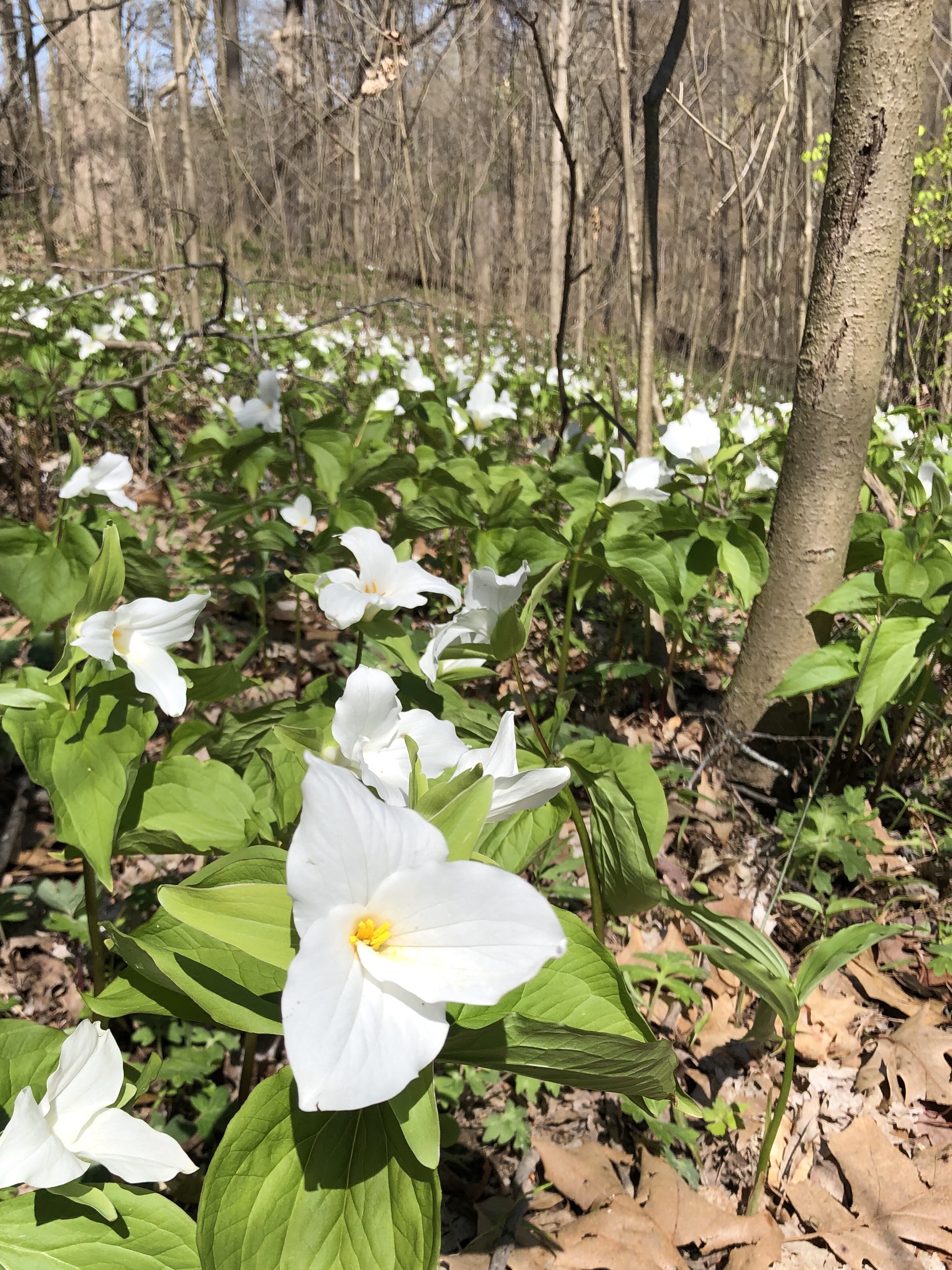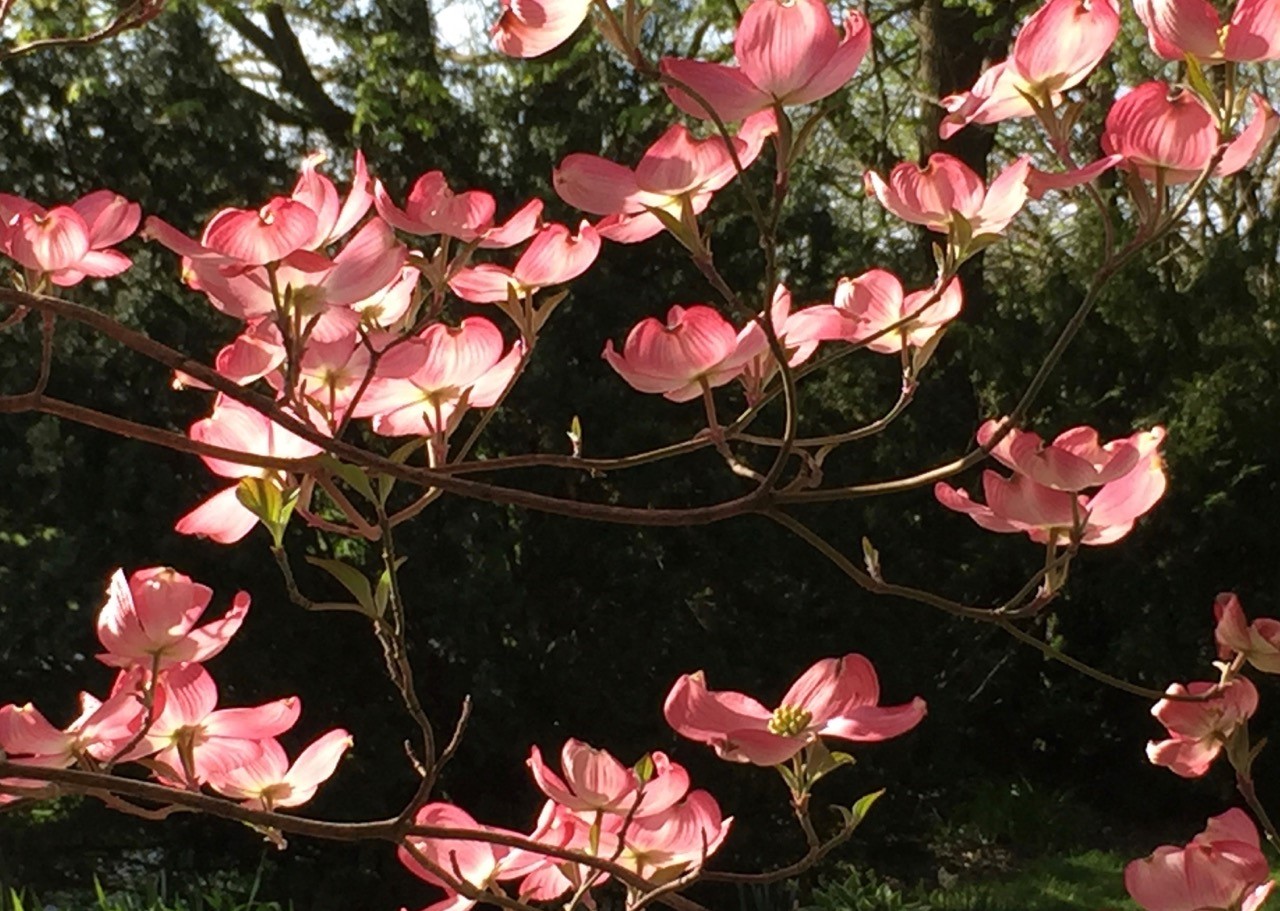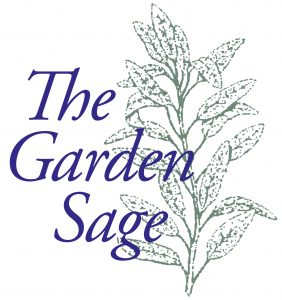
By Michael Leach
While garden shopping this spring, plan on adding plants that evolved in your part of the world. Besides being decorative, they may have historic connections to local ancient peoples as food, building supplies, clothing material and medications. More amazing, some of these plants fill specialized places in the local food web that flora from afar may not do as well if at all.
If you haven’t guessed, we’re talking native plants. In the past 25 years or so, natives went from being the newest trend to vital players in combating climate change and the decline of birds and other animals.
Because of their importance, not to mention the aesthetic appeal of many, such as asters and redbud trees, Ohio designated April as Ohio Native Plant Month. The event debuted two weeks after the state’s pandemic lockdown last year. Planned activities were canceled but not enthusiasm.

For instance it failed to slow the group’s initiative to plant 100,000 Ohio native trees and shrubs. Turns out 200,000 trees and shrubs were planted last year. The 2021 goal is 200,000 as well.
Because there are many new gardeners among us and some seasoned growers who may be new to natives, caveats are warranted about these plants.

Natives aren’t magic. If your site doesn’t offer the soil, light, moisture and such they need to flourish, they won’t grow well, if at all. Neither will plants from any place else. Study your site and the needs of whatever plants you may want to grow. It’s estimated that 80 percent of all plant problems are eliminated if the plant has what it needs to grow successfully.
Native plants may not supply eye candy when you want it. In my part of the Midwest, there isn’t a native to rival the brilliance (or bee appeal) of snow crocus in early spring. If I’m doing all the work, I see nothing wrong with flowers on well-behaved plants from elsewhere, especially if they break the evil spell of Midwest winter.

Natives don’t always behave as heroes. Some natives, such as Virginia creeper, can take over in minutes if left on their own. Others, such as my beloved redbuds and sugar maples, can be prolific seeders whose progeny appear in unwanted places making them weeds to pull. Black walnut, among the Borgias of the plant world, poisons rivals with a soil borne chemical.
Even after careful research you may be surprised by nature. As a wise gardener once observed, “Plants can’t read so they don’t know what they’re supposed to do.”

Multiple approaches
Along with plant sources and details on the tree-and-shrub challenge, the site offers:
- Great Healthy Yard Project — Take the Healthy Yard Pledge and avoid using synthetic pesticides, weedkillers and fertilizers except on rare occasions to resolve an infestation or improve habitat for native plants and wildlife.
- Pocket Pollinator Gardens — Take a small but deliberate step in changing the environment by replacing a sunny part of your lawn with an array of native plants that benefit bees, butterflies, birds and insects. Directions and plant lists are given. Plus you can register your site with different organizations keeping tallies of such activities.
- Backyard power — Learn why your yard needs native plants by viewing Dr. Doug Tallamy’s hour talk. It was part of the Ohio State University Chadwick Arboretum’s Living Landscape Speaker series during the past winter. Tallamy is a professor of Agriculture and Natural Resources at the University of Delaware. Heartland Gardening’s Debra Knapke was one of the series’ quartet of experts who shared advice and insights.
The National Wildlife Federation Native Plant Finder has advice based on Zip Code for the flowers, shrubs and trees offering the most benefits for local fauna.

